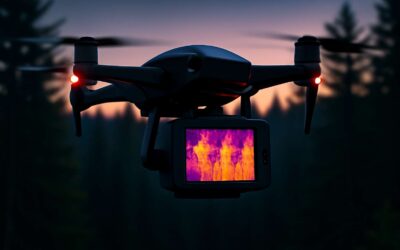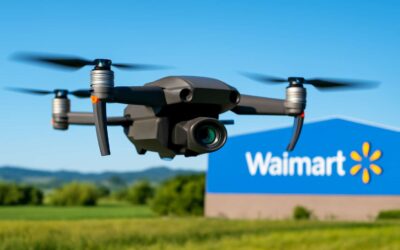
Drones have become popular among a variety of people, including hobbyists and professional photographers. They are also used by construction contractors, real estate agents and high-end cinematographers for filming projects. The commercial drone industry is expected to grow rapidly as businesses adopt the technology. Some of the key drivers are efficiency, cost savings and the ability to collect data in real time. Some of the biggest companies in the world are embracing this technology for their own uses and creating innovative applications.
There are several different types of commercial drones on the market. They come in a wide range of sizes, price and functionality. Some have integrated cameras, while others are meant to be tethered to a separate device. Before selecting a specific model, it’s important to determine the purpose for which it will be used. This will help the buyer select the correct camera and other features. It’s also crucial to consider whether the drone will be flying at night or near people and how long it will be able to fly on a single battery charge.
Depending on the type of project, some of the common deliverables include stills and videos, 3D maps and thermal imaging. These are important for many industries, and can be used to improve processes and make better decisions. For example, a drone can be used to create a virtual tour of a property for realtors, and architects can use drone images to demonstrate the design of a building to their clients. This will allow them to get an accurate picture of the space and how it will fit with the rest of the structure.
Other common deliverables include 3D models of the site, which can be used to create better visualizations for clients. They can help architects and engineers create better designs and give them a better idea of how the finished product will look. They can also be used for site planning, and to help clients understand the scale of a building or a large landscape. In addition, 3D models can be used for planning and permitting.
The other main deliverables are the data and analytics that can be gathered from the drone. These can be used to identify problems and improve processes, saving money and improving safety. For example, insurance companies have been using drones to complete aerial inspections and assess storm or fire damage. Similarly, law enforcement agencies are using drones to search for suspects and find evidence. And mining companies are using drones to create maps of their mines, which can save time and money and increase safety.
As the commercial drone industry grows, more research is being conducted to better understand its impact. While some of the early papers have focused on conceptual issues, such as privacy and security, more recent papers have begun to address practical aspects of the industry. For example, studies have looked at a range of factors such as optimum drone network designs and delivery substitution decisions.


0 Comments